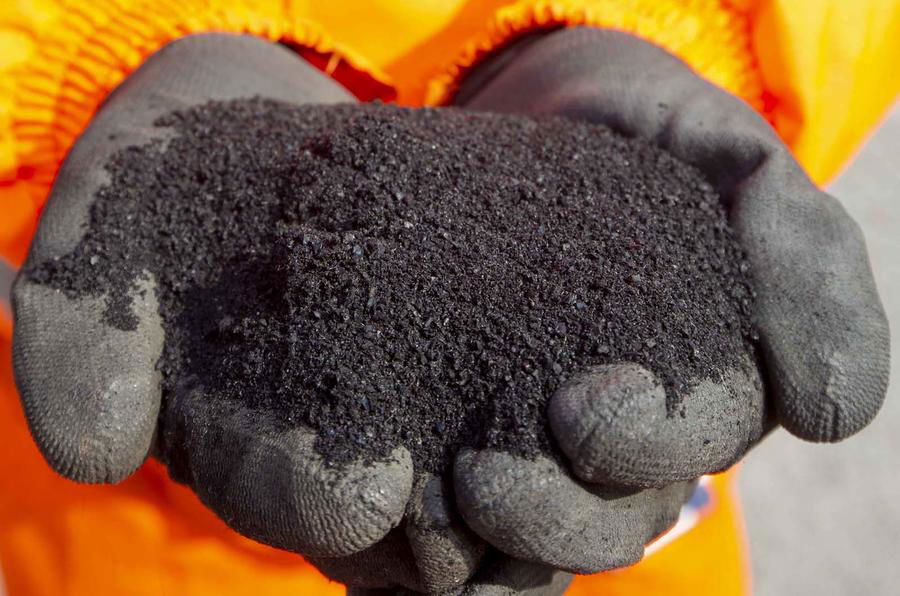Could ‘tyre pollution’ be the next green issue to tackle?
As the internal combustion engine gets ever cleaner and battery power increases, tyre pollution could become the next point of focus

A BRITISH study has found that no matter how clean running a petrol engine or electric motor is, there is a bigger picture to understand when it comes to localised air pollution. Your tyres and how quickly they wear.
The report, titled Tyres Not Tailpipe, was written by Emissions Analytics and focuses on the particulates produced when driving and riding that do not emanate from a vehicle's tailpipe. While the title would have you believe it centres around tyres alone, it also notes other consumable parts such as brakes as being an area that adds to airborne particulates.
And don’t think the report is all about bashing the internal combustion engine either, it seems like electric vehicles – in particular large electric SUVs – could produce more non-tailpipe emissions than convention combustion engines. The report cites electric vehicles' increase in mass as being one factor that could increase tyre and brake wear, although internal regenerative braking systems will go some way to negating this as they improve over time. Interestingly it has been found that as vehicles become ever cleaner, tyre emissions are around 1,850 times greater than those emitted from the vehicle’s tailpipe! That’s an estimate based on ‘normal driving’, with estimates for aggressive driving almost doubling the figure.
While much of this study is related to local emissions and pollutants from tyres and brakes, it’s worth noting that the effect on the wider environment could still be bleak. Tyres as they wear produce tiny beads of microplastics. These are so small they can be carried on the breeze and, in some cases, end up getting washed into water courses and washed out to see. Here they can be ingested by small animals and eventually end up back in the human food chain.

As it stands, this kind of non-tailpipe pollution is completely unregulated and tested, and emissions analytics predicts it to only get worse. As electric vehicles chase higher ranges and faster recharge times, their weight looks set to increase, adding to the amount of pollution that brakes and tyres will produce. That increase is likely to mean this unregulated area of the automotive industry doesn’t stay that way for long.


